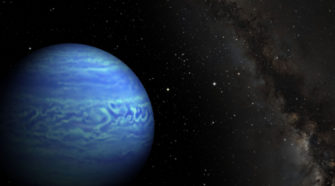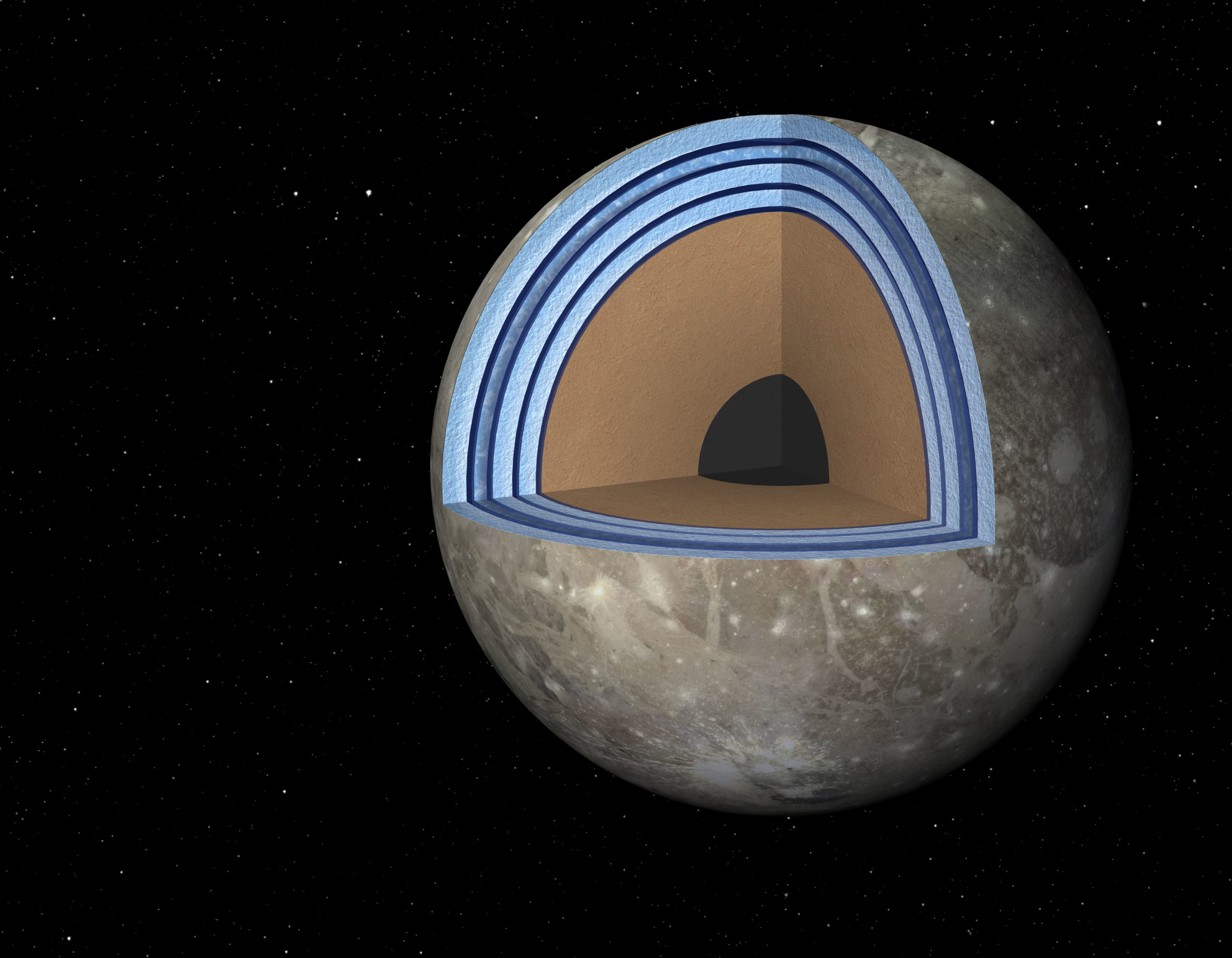Issue #7 (May 2014)
‘Smoke and fire’ rise over Utah Salt Flats as student rockets soar
The 2013-14 NASA Student Launch rocketry challenge has come to an end – and brought something new to the Bonneville Salt Flats in Tooele County, Utah, where car and motorcycle enthusiasts regularly watch cutting-edge vehicles put to the test, speeding across the vast, flat expanse. On May 17, all eyes there turned upward as 16 …
Venus Express gets ready to take the plunge
After eight years in orbit, ESA’s Venus Express has completed routine science observations and is preparing for a daring plunge into the planet’s hostile atmosphere. Venus Express was launched on a Soyuz–Fregat from the Russian Baikonur Cosmodrome in Kazakhstan on 9 November 2005, and arrived at Venus on 11 April 2006. It has been orbiting …
Coldest brown dwarf found nearby
NASA’s Wide-field Infrared Survey Explorer (WISE) and Spitzer Space Telescope have discovered what appears to be the coldest brown dwarf known – a dim, star-like body that surprisingly is as frosty as Earth’s North Pole. Images from the space telescopes also pinpointed the object’s distance to 7.2 light-years away, earning it the title for fourth …
‘Club sandwich’ of oceans and ice may exist within Jovian moon
The largest moon in our solar system, a companion to Jupiter named Ganymede, might have ice and oceans stacked up in several layers like a club sandwich, according to new NASA-funded research that models the moon’s makeup. Previously, the moon was thought to harbor a thick ocean sandwiched between just two layers of ice, one …
First exomoon possibly found
Titan, Europa, Io and Phobos are just a few members of our solar system’s pantheon of moons. Are there are other moons out there, orbiting planets beyond our sun? NASA-funded researchers have spotted the first signs of an “exomoon,” and though they say it’s impossible to confirm its presence, the finding is a tantalizing first …
Cascading dunes visible in a Martian crater
A breathtaking new mosaic from ESA’s Mars Express shows a stunning swirling field of dark dunes cascading into sunken pits within a large impact crater. The mosaic was created from two images and focuses on the 108 km-wide Rabe crater. The region is 320 km to the west of the large Hellas impact basin, about halfway …






